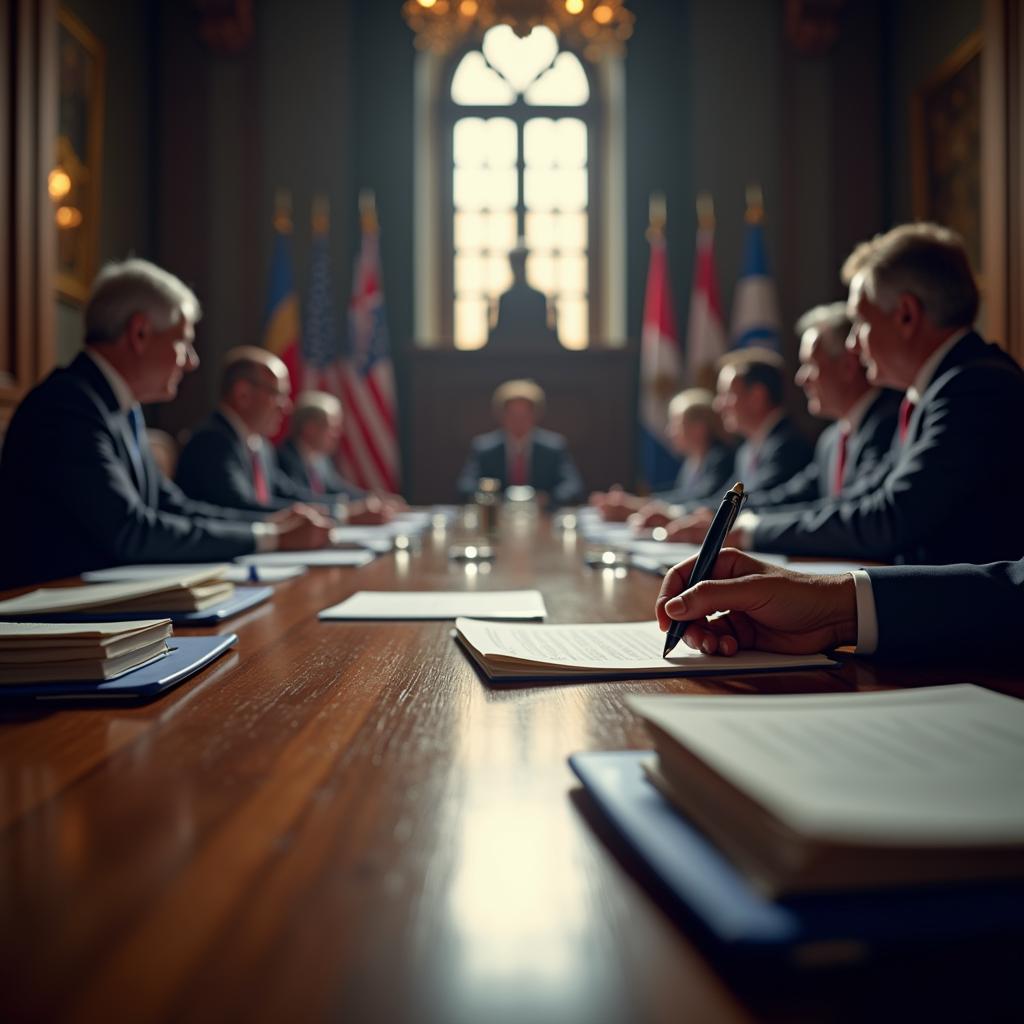
President Donald Trump is making good on his campaign promises, but the world is feeling the ripple effects. From trade wars to migrant crackdowns, his actions are stirring up global tensions and sparking debates at home.
One of his latest moves? Slapping hefty tariffs on Canada and Mexico. The president announced a 25% tariff on goods from these neighbors, plus 10% on Chinese imports, set to kick in this week. Trump claims it’s about protecting U.S. interests, but critics warn it could backfire.
“This is a self-inflicted wound to the American economy,” said a former U.S. Treasury Secretary, suggesting these tariffs might drive up prices and inflation. Meanwhile, Canada and Mexico are gearing up to retaliate, with Canada already planning tariffs on over $100 billion worth of American goods.
At home, Trump’s administration is shaking things up, too. A purge of federal workers and a freeze on spending have left some critical programs in limbo, raising concerns about the legality and long-term impact of these decisions.
Internationally, his tactics are testing alliances. From attempts to pressure Panama over the canal to freezing foreign aid, Trump’s approach is rewriting decades of U.S. foreign policy. Critics argue it could leave America isolated while pushing allies toward countries like China.
Supporters, however, applaud his boldness. They point to recent victories, like Colombia backing down on migrant deportations under the threat of tariffs. “When a president does what he promised, that’s democracy,” said a prominent voice within the administration.
But with every move, questions grow. Will Trump’s rapid-fire policies fix the problems he vowed to tackle—or will they deepen divides, spike job losses, and leave the U.S. without key allies?
As one insider put it, “Buckle up.” The ride is just getting started.
